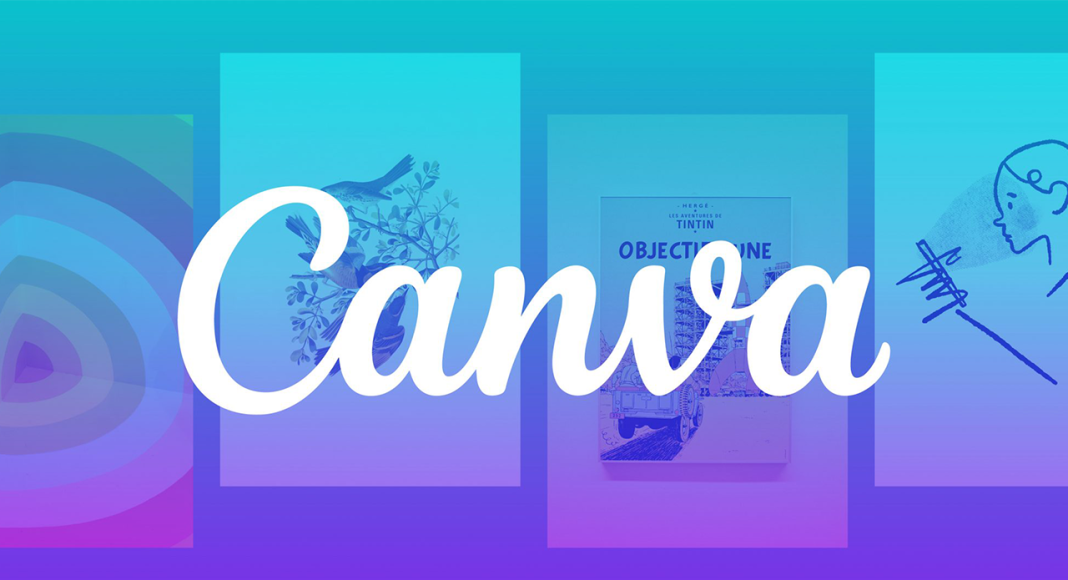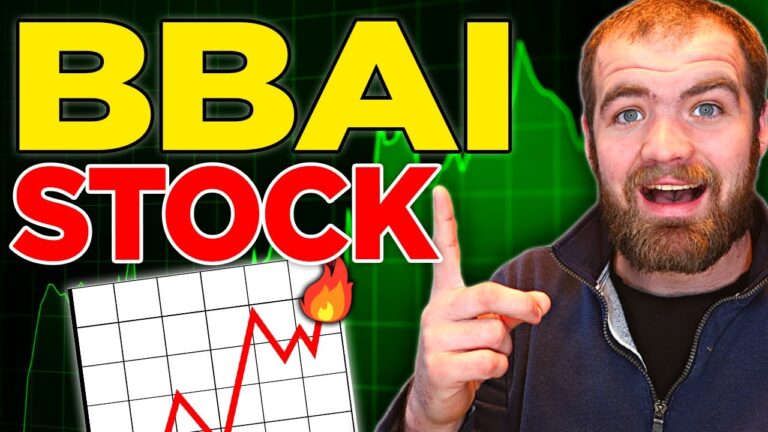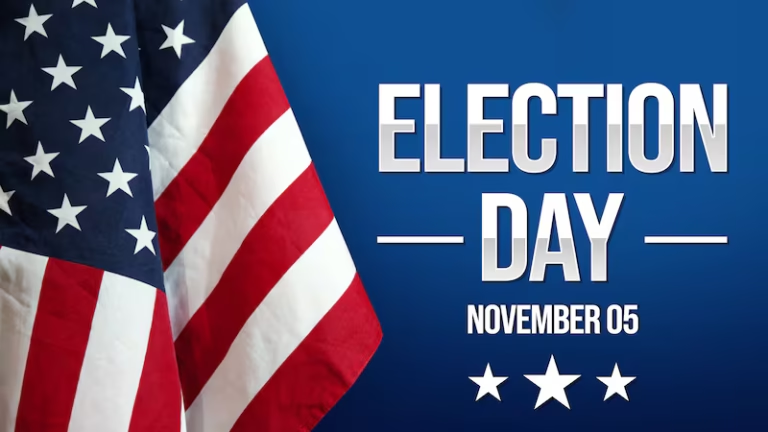
Canva
Introduction: The Rise of Visual Content
In today’s digital age, visual content is king. Whether it’s a business presentation, a marketing campaign, or a simple social media post, visuals communicate faster and more effectively than text alone. In the USA, where digital marketing and online presence dominate, the demand for accessible design tools has skyrocketed. This is where Canva, a user-friendly graphic design platform, has become a household name.
What is Canva?
Canva is an online design tool that allows anyone—regardless of professional design experience—to create stunning visuals. Founded in 2013 by Melanie Perkins, Cliff Obrecht, and Cameron Adams, Canva has transformed the way individuals and businesses create graphics. It offers templates for everything from social media posts and infographics to business cards and presentations, all accessible through an intuitive drag-and-drop interface.
In the United States, Canva has become a favorite among entrepreneurs, educators, influencers, and students. Its accessibility and affordability make it a go-to tool for people who want professional results without hiring a graphic designer.
Why Canva Became So Popular in the USA
One of the biggest reasons for Canva’s popularity in the USA is its simplicity. Americans value efficiency and creativity—two things Canva delivers perfectly. You don’t need to spend weeks learning complicated software like Photoshop. With Canva, you can start designing in minutes.
Moreover, Canva’s freemium model makes it accessible to everyone. While the free plan offers thousands of templates and design elements, the paid version—Canva Pro—unlocks premium features such as brand kits, background removal, and access to millions of stock images.
Another reason Canva thrives in the U.S. market is its strong integration with platforms Americans use daily. Whether it’s posting designs directly to Instagram, creating resumes for LinkedIn, or designing pitch decks for business meetings, Canva seamlessly fits into the American work culture.
Canva for Businesses and Entrepreneurs
In the USA’s competitive business landscape, small businesses and startups often can’t afford full-time graphic designers. Canva bridges this gap. It provides ready-made templates for social media ads, email headers, and business logos—helping businesses establish their brand identity quickly.
For entrepreneurs, Canva’s Brand Kit is a game-changer. It allows them to save their company’s logo, fonts, and colors, ensuring brand consistency across all marketing materials. This is crucial for startups trying to look professional and cohesive in a crowded marketplace.
Additionally, Canva’s collaboration tools make it perfect for teams. Multiple people can work on the same project, add comments, and make changes in real time—enhancing teamwork and productivity.
Canva in the Education Sector
The education sector in the USA has also embraced Canva widely. Teachers use it to design classroom posters, lesson materials, and student certificates, while students use it for projects, presentations, and portfolios. Canva for Education offers free premium access to verified teachers and students, promoting creativity and digital literacy in classrooms.
This initiative has made Canva an essential tool in American schools, especially in the post-pandemic era where digital learning has become a major part of education.
Social Media and Canva’s Impact
Social media is the heartbeat of American online culture. From small businesses to influencers, everyone needs eye-catching visuals to stand out on platforms like Instagram, TikTok, and Facebook. Canva provides ready-to-use templates optimized for these platforms—making content creation faster and more efficient.
American influencers and digital marketers often use Canva to maintain their personal brands. The ability to design posts, stories, and even short video clips without needing professional help has made Canva a secret weapon for social media success.
Canva Pro: A Step Toward Professional Design
While the free version of Canva is powerful, Canva Pro elevates the experience. In the USA, many professionals and companies invest in Canva Pro for its premium features. With Pro, users gain access to:
- Over 100 million stock photos, videos, and audio tracks
- Magic Resize (automatic resizing for multiple platforms)
- One-click background remover
- Brand kits and templates for business use
These features make Canva Pro a cost-effective solution compared to hiring a full-time designer or using expensive software like Adobe Creative Suite.
How Canva Supports Remote Work in the USA
Remote work has become a permanent part of the American professional landscape. Canva plays an important role here by offering cloud-based design tools. Users can access their projects from anywhere and collaborate with team members in real time.
This convenience aligns perfectly with the remote-first culture that has become dominant since 2020. Many U.S.-based marketing teams, freelancers, and agencies rely on Canva to maintain design quality and workflow efficiency.
The Future of Canva in the USA
Canva’s future in the U.S. looks bright. With ongoing updates and AI-powered features like Magic Write and text-to-image generation, Canva continues to push the boundaries of creativity. The company is also expanding its focus toward enterprise users, making it suitable for large organizations with complex branding needs.
Furthermore, the increasing importance of content creation in digital marketing ensures Canva will remain a leading player for years to come. As visual storytelling continues to dominate the internet, Canva’s role as a bridge between creativity and accessibility will only grow.
Canva vs. Traditional Design Software
Traditional design software like Adobe Photoshop and Illustrator has always been seen as professional tools for expert designers. However, Canva’s rise shows a shift in American design culture—from complexity to accessibility. It has democratized design, allowing anyone with an internet connection to express their creativity.
While Canva may not replace advanced tools for professional designers, it certainly complements them. Many professionals in the U.S. use both—Canva for quick projects and Adobe tools for detailed designs.
Conclusion: Empowering Creativity Across America
Canva is more than just a design platform—it’s a movement toward creative freedom. In the USA, it has empowered millions of individuals and businesses to tell their stories visually without needing a degree in design. From classrooms to corporate offices, Canva continues to redefine how Americans create, share, and communicate visually.
Its combination of simplicity, affordability, and innovation makes it one of the most valuable tools in today’s digital world. Whether you’re an entrepreneur designing your first logo or a teacher creating digital materials for students, Canva is there to make design simple, effective, and inspiring.




